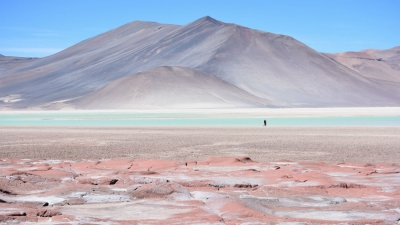
The Atacama Desert is on the other side of Eastern Patagonia. Therefore, you will find that it is surrounded by the Andes in its eastern part and by the Pacific Ocean in the west. The Atacama Desert is known as the driest non-polar place in the world. It could be several years without rain in one of the largest deserts in South America.
The desert occupies an area of about 105,000 square km. Large sections of the desert feature salt lakes, sand, felsic lava, and stony terrain. The Atacama Desert is known to be the world’s driest non-polar location. In the central sector of the desert, rainfall often does not occur for periods of up to four or five years. The species diversity of the Atacama Desert is highly restricted. Some parts of the desert are too dry to sustain any life form at all. Scorpions, desert butterflies, and wasps, the Atacama toad, lava lizards, iguanas, etc., are some of the Atacama Desert fauna. Birds visiting or residing in the desert include sparrows, hummingbirds, Andean flamingos, Humboldt penguins, etc. Seals and sea lions can be sighted along the coast.
Much of the Atacama Desert’s core is caked in thick salt deposits called playas, which can stretch for miles and are nearly half a meter thick (1.6 feet) in some places. The desert is speckled with stones that have been carried across the playas by powerful wind gusts. Alluvial fans, which are large, fan-shaped sediment deposits, connect the desert plateau with the mountains that surround it and suggest that water once flowed from the Andes into the desert.
Picture Credit : Google

